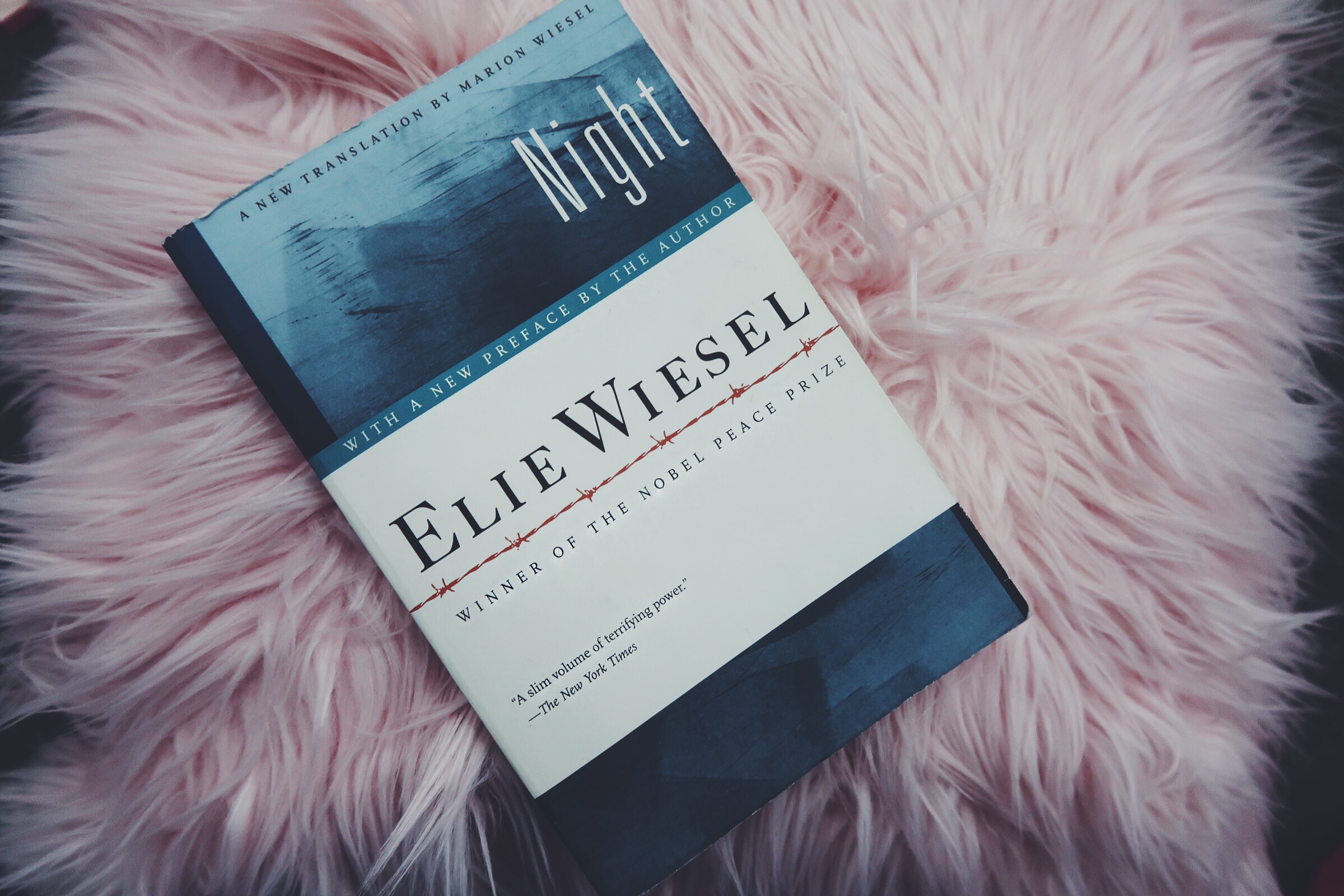Suspense is a key element in storytelling that keeps the audience hooked and engaged. It is what creates tension, anticipation, and excitement in a story, making it difficult for the reader or viewer to put the book or movie down. Without suspense, stories would be predictable and boring, and the audience would quickly lose interest.
In this article, we will discuss what suspense in a story is, its purpose in storytelling, and how to create it effectively in your writing. We will also explore different types of suspense, techniques for building it, common mistakes to avoid, and provide examples of suspenseful stories in literature, film, and television.
What is Suspense?
Suspense is a feeling of uncertainty or anticipation about what is going to happen next in a story. It is the emotional tension that keeps the audience engaged and wondering what will happen to the characters they have invested in. Suspense is not just about the plot; it is also about the characters and their motivations. Good suspenseful stories make the audience care about the characters and what happens to them.
There are several types of suspense: dramatic, situational, and character-based.
Dramatic suspense is the most common type and is used in action and adventure stories. It is created by putting the characters in danger or a difficult situation, leaving the audience wondering if they will survive or succeed.
Situational suspense is created by the circumstances of the story, such as a ticking time bomb or a looming natural disaster.
Character-based suspense is created by the audience’s investment in a character’s outcome, such as a protagonist’s personal struggle or moral dilemma.
Examples of suspense in literature include “The Tell-Tale Heart” by Edgar Allan Poe, where the reader is left wondering if the protagonist will be caught for the murder they have committed. In film, “Jaws” is an excellent example of dramatic suspense as the audience wonders if the main characters will survive the shark attacks. In television, “Breaking Bad” is an excellent example of character-based suspense as the audience wonders what will happen to Walter White and his family as he becomes more and more involved in the drug trade.
How to Create Suspense in Your Story

Creating suspense in your writing is crucial for keeping the audience engaged and invested in the story. There are several techniques you can use to build suspense:
Foreshadowing: Foreshadowing is a technique that hints at what is to come later in the story. This can be done through dialogue, imagery, or subtle clues. By foreshadowing, you can create a sense of anticipation and build tension in the reader.
For example, in “Harry Potter and the Philosopher’s Stone,” J.K. Rowling foreshadows the importance of the Sorcerer’s Stone early in the story when Hagrid says, “Some say he died. Codswallop, in my opinion. Dunno if he had enough human left in him to die.” This hints at the fact that Voldemort is still alive and searching for the Sorcerer’s Stone.
Pacing: Pacing is the speed at which events unfold in your story. By controlling the pace, you can create suspense and tension in the reader. You can slow down the pace during important scenes or speed it up during action sequences.
For example, in “The Hunger Games,” Suzanne Collins creates suspense by slowing down the pace during the Reaping ceremony where the tributes are chosen. This creates tension as the reader wonders if the main character, Katniss, will be chosen.
Withholding Information: Withholding information from the reader or viewer can create suspense and keep them engaged in the story. This can be done by creating a mystery that needs to be solved or by delaying the revelation of important information until later in the story.
For example, in “Gone Girl” by Gillian Flynn, the author withholds information about the protagonist’s motivations and actions, creating suspense as the reader tries to piece together what happened.
Character Development: Good character development can also contribute to creating suspense in a story. By making the audience care about the characters and what happens to them, you can create emotional tension and anticipation.
For example, in “To Kill a Mockingbird” by Harper Lee, the audience cares deeply about the fate of Atticus Finch and his family as they navigate the racial tensions of their community.
Setting: The setting of your story can also contribute to creating suspense. A dark, ominous setting can create a sense of foreboding and anticipation, while a calm, peaceful setting can create a false sense of security that is later shattered.
For example, in “The Shining” by Stephen King, the isolated, snowbound setting of the Overlook Hotel creates a sense of claustrophobia and foreboding that contributes to the suspense of the story.
The Ted video below will also give you more insight on how suspense can be created.
Common Mistakes to Avoid

While creating suspense is important, there are also common pitfalls that can ruin it if not avoided. Here are some mistakes to watch out for:
Overusing suspense: Overusing suspense can actually have the opposite effect and become predictable and boring. It is important to balance suspense with other elements of your story, such as character development and dialogue.
Resolving suspense too quickly: Resolving suspense too quickly can also ruin the impact of the story. It is important to give the audience time to process the outcome and the emotional impact of what has happened.
Inconsistent pacing: Inconsistent pacing can also ruin the suspense of a story. It is important to maintain a consistent pace and build tension gradually to keep the audience engaged.
Lack of payoff: Building suspense without a satisfying payoff can leave the audience feeling disappointed and unsatisfied. It is important to deliver a satisfying conclusion that makes the audience feel like their investment in the story was worthwhile.

In conclusion, suspense is a crucial element of storytelling that keeps the audience engaged and invested in the story. By understanding what suspense is and how to create it effectively, you can create tension, anticipation, and excitement in your writing. Whether you’re writing a novel, screenplay, or short story, the techniques we’ve discussed can help you build suspense and keep your readers or viewers on the edge of their seats. By avoiding common mistakes and delivering a satisfying payoff, you can create a suspenseful story that will leave a lasting impact on your audience.
Share


